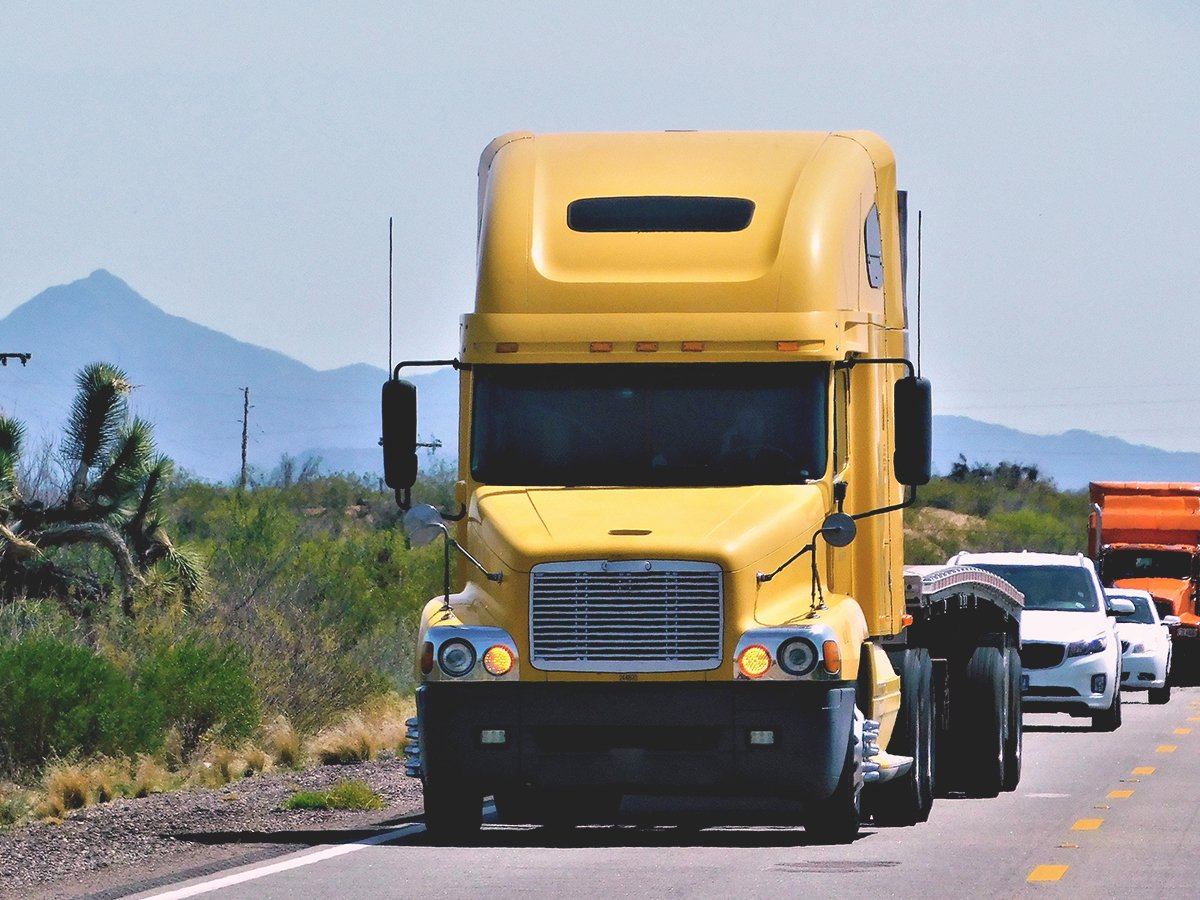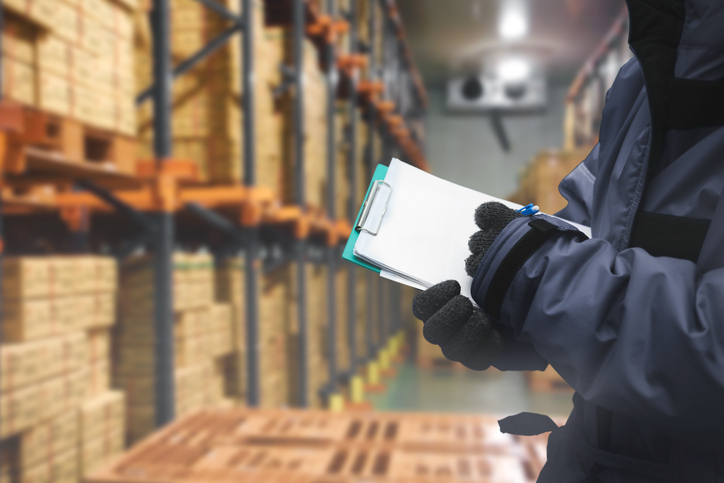Shipping can silently drain your profits—especially when you’re handling high volumes of small parcels. In fact, it accounts for 10–15% of order value in wholesale and e-commerce. While carriers like USPS and DHL may offer discounts, variables like dim weight, delivery area, fuel surcharges, and special handling fees can increase costs quickly.
For small businesses, especially those managing outbound orders and working with multiple carriers, the details matter. From package dimensions to delivery windows, each factor shapes the real cost. Understanding these variables is key to choosing the right shipping solution for ecommerce and staying ahead in the future of parcel delivery.
In this blog, we’ll break down the true costs of parcel delivery, compare it with freight, and guide you in selecting a smarter logistics strategy that drives long-term business growth.
What Wholesale Small Parcel Shipping Really Costs
It’s easy to assume that small parcel shipments are the cheaper choice—but in wholesale and ecommerce, that only holds true if your volume and operations are aligned. What looks like a cost-saver at first can quickly become a hidden expense.
To make better decisions, you need to understand what really drives costs in wholesale small parcel shipping. Here’s a breakdown of the key cost factors every business should consider when evaluating the right shipping solution for ecommerce:
Carrier Rates
Parcel pricing is based on weight, dimensions, delivery speed, and zones. As volume grows, so does the spend—especially if negotiated rates aren’t in place.
Surcharges
Residential delivery, fuel, peak seasons, and dimensional weight fees can silently drain your profit.
Packaging and Handling
Extra labor, custom packaging, and fulfillment time often go unnoticed—but they add up.
Returns and Customer Expectations
Higher expectations for 2-day delivery or free returns increase the need for speed, reliability, and flexibility, which often means higher rates.
Most businesses don’t realize how quickly wholesale small parcel shipping costs spiral when volume increases without a plan. Keeping an eye on the future of parcel delivery is key to avoiding long-term cost surprises.
How Wholesale Freight Shipping Compares in Practice
While parcel delivery is common in ecommerce, there are moments when wholesale freight shipping makes more financial sense—especially when you ship bulk orders or palletized goods.
Here’s how they compare in terms of cost of transportation, handling larger items, and how FTL or LTL might match different business needs:
|
Shipping Model |
Pros |
Cons |
|
Wholesale Small Parcel |
Great for individual orders; Easy to scale; Faster delivery options |
More expensive at volume; Complex rate structures; Handling fees |
|
Wholesale Freight Shipping |
Ideal for bulk or heavy items; Simpler pricing per pallet or load |
Longer transit times; May require freight class knowledge |
In practice, the two aren’t enemies. Many businesses use both methods strategically—often blending parcel shipments with a tailored shipping solution for ecommerce that balances speed and cost. For example, freight for bulk B2B orders and parcels for individual ecommerce shipments. When planned well, wholesale freight shipping becomes a powerful tool for lowering per-unit costs and consolidating delivery schedules. Businesses that embrace wholesale freight shipping at the right time can ease warehouse pressure, reduce overall transit frequency, and better manage large seasonal volumes. Knowing when to switch between them can protect your margins and improve service.
Choosing the Right Shipping Solution for Ecommerce Growth
The right shipping solution for ecommerce isn’t always about price—it’s about scalability, efficiency, and the customer experience. Here’s a simple step-by-step guide to help leaders pick the best option:
Step 1: Audit Your Shipping Profile
Review your product sizes, weights, average order volumes, and distribution points. This will help you understand whether parcel, freight, or a mix is best.
Step 2: Check Platform Integration
A smart solution connects with your ecommerce tools—whether you use Shopify, Amazon, WooCommerce, or ERP platforms. Integration saves time and reduces errors, making it easier to build a streamlined shipping solution for ecommerce operations.
Step 3: Consider Rate Flexibility
A good fulfillment platform lets you compare rates in real time, set custom rules, and access wholesale rates you can’t get on your own.
Step 4: Don’t Forget Fulfillment Support
Look for providers that offer warehousing, label printing, tracking, and return processing. Outsourcing to a third-party or using a multi-carrier platform can help you manage delivery windows, postage expenses, and order processing without increasing operational costs.—especially if you want to scale without building your own team.
Step 5: Track Performance
Use analytics to watch delivery times, carrier performance, and cost per shipment. If freight enters your mix, monitor load efficiency and lead time predictability too. The right solution should support long-term ecommerce growth, not just solve today’s problems.
Partnering with logistics experts like Visigistics can help you build a shipping solution that grows with your business—and positions you for the future of parcel delivery.
Trends That Will Shape the Future of Parcel Delivery
The future of parcel delivery is changing fast, driven by evolving customer expectations, rising carrier costs, and major shifts in fulfillment strategies. As technology and market forces reshape how goods are moved, businesses must adapt their logistics planning to remain profitable and responsive.
Here are four trends that could impact your margins and operations over the next few years:
1. Carrier Rate Increases Are Likely
Major carriers like UPS and FedEx have raised rates regularly. Expect rising fees tied to inflation, fuel, and last-mile delivery pressure.
2. Same-Day and 1-Day Shipping Will Become the Norm
Customer expectations are shifting. Even wholesale buyers now want faster delivery, which will require strategic warehouse placement and route optimization.
3. Sustainability Will Affect Parcel Strategy
Carbon emissions and eco-friendly packaging are becoming top priorities. Choosing partners that offer green delivery options will set you apart and contribute to a more sustainable shipping solution for ecommerce companies.
4. Technology Will Be the Key Differentiator
AI-powered platforms, real-time tracking, and automation will define the winners. The businesses that adopt smarter tools early will keep costs down and delivery performance up.
To stay competitive, businesses must build strategies that align with where the future of parcel delivery is headed. That includes evaluating how wholesale freight shipping fits into broader supply chain goals, especially as costs and customer expectations evolve.
Rethink Shipping to Protect Your Profits
We know how tough it is to manage shipping costs while keeping your business running smoothly. Every decision—whether parcel, freight, or wholesale small parcel shipping—impacts your bottom line.
At Visigistics, we help you streamline logistics, cut unnecessary costs, and grow with confidence. Call us today to build a shipping strategy that supports your goals and gets you closer to your customers.




